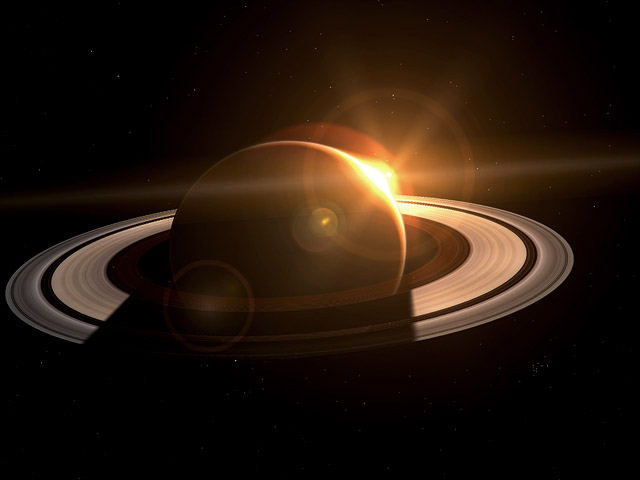
Recently, NASA has spotted difference of natural radio wave signals transmitted by northern and southern hemispheres of Saturn. This new finding has open a huge discussion among scientists of how big is the planet really is. Currently, researchers approximately measure a planet based on the radio wave emitted by the particular planet. In Jupiter, for instance, the wave is measured straight to the point as there is no abnormal behavior there. However, the rotation rate of Saturn has become weird lately which may affecting its radio wave, called Saturn Kilometric Radiation (SKR). Previous exploration by NASA's Voyage ship on 1980s suggested that the measurement given by SKR indicated that the planet had 10.66 hour for a day. On the other hand, present study, collected by NASA-European Space Agency Ulysses probe and Cassini, reports that the wave burst varied by seconds to minutes. The study also suggests that the emission of the wave is actually originated at two points, which make the issue more complicated. This lead the researchers to review on previous Saturn observations. It is proven that similar pattern found in the Voyager data from 1980s and Ulysses data between 1993 - 2000. In both cases, the radio emission variations differed from one hemisphere to the other. And both times, the odd radio wave behavior came within a year of Saturnian equinoxes. This provide a new hypothesis that the the planet is actually rotating at different rate on different hemispheres (study conducted by Don Gurnett, University of Iowa, see more
here).



